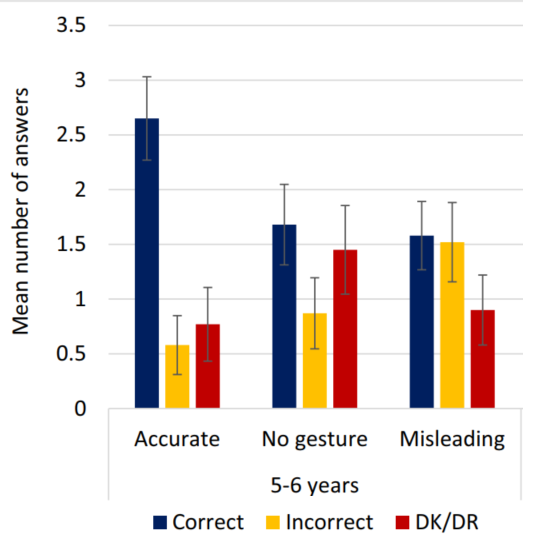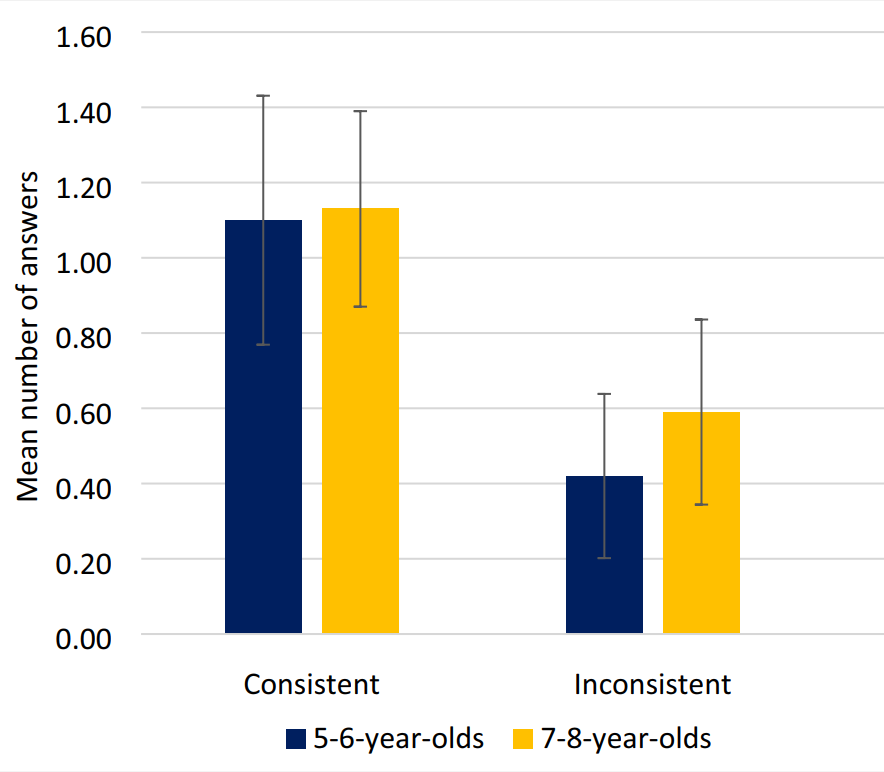Memories, oh memories, they can be so powerful, and detailed, and… ours. Only that, sometimes, they may not actually be ours. As we all can remember important things in our lives, and the subjective experience of remembering often tells us that our memories are coming from within, it’s easy to assume, and to feel, that they must be ours.
But while it seems self-evident, it’s just not how our memories work. Take, for example, the following prompt: “Remember a time when you celebrated something important along with family or friends. What was it? Maybe a birthday, or some sort of success? What were you wearing? What were they wearing? What was the atmosphere? Was there any music playing, some special dish?”. The request for details could go on, but curiously, some of these details may not actually be retrieved from memory but re-constructed as we “fill in the blanks”.
Now let’s dig into a less pleasant memory. Remember the first time when you were stung by a bee? How painful was it? Why were you not careful enough to avoid it? Again, the request for details could go on, but note how these questions differ. First, I’m assuming that you have been stung by a bee, which is quite common, but not necessarily an experience you have gone through. I’m also assuming that it was painful and that you could have avoided it if you weren’t so careless.
Assuming that it was painful seems reasonable, and assuming that it happened because of lack of care is clearly overboard, but, in both cases, the way the questions are phrased prompts a particular type of response. And this might be a problem. Because of the way our memory works, there is a chance that some made-up details will “fill in the blanks” cued by the questions. Can you imagine what could happen if this type of suggestive question was asked in the context of remembering a crime?
The way that memory works can have high-stakes implications. In legal contexts, the way questions are asked may distort details and even produce full-blown false memories. This has led to important discussions about the way that memory-based evidence should be treated in courts, and even experimental evidence on ways in which false memories about criminal acts can be induced.
But what happens when a question is apparently non-leading, but is accompanied by subtle non-verbal cues that could still distort memories? This is the fascinating topic that Kirsty Johnstone, Mark Blades, and Chris Martin (pictured below) explore in “No gesture too small: An investigation into the ability of gestural information to mislead eyewitness accounts by 5‑ to 8‑year‑olds”, published in Memory and Cognition, a Psychonomic Society journal.

Young witnesses
The research team showed a short video to two groups of primary school children (5-6 years old and 7-8 years old). The video depicted a girl doing a gymnastics exam and falling off a beam as well as scenes of her practicing when she was younger.
To test whether gestural information can distort memory accounts of a witnessed event, they asked children structured questions about the video, such as “Do you remember what the man looked like?”. Crucially, the questions were sometimes accompanied by gestures intended to lead to recalling accurate or misleading details about the questions. The figure below provides examples of these gestures.

Gestures and children’s memory
Gestures clearly affected children’s recall of the events in the video. In the words of the authors,
“Our findings suggest that gestural misinformation can be as misleading as verbal misinformation, with children in our study utilising gesture as a source of information even when that gesture contradicted what they had previously witnessed. This resulted in at least one false memory in 75% of participants across both age groups, while 32% of participants gave a false account two or more times.”
Let’s take a closer look at some of the ways in which gestures affected children’s recall, shall we?
Gestures affected children’s responses and accuracy – Children observing gestures consistent with the correct response were more likely to correctly recall the detail correctly. In contrast, when they observed misleading gestures, they were more likely to respond incorrectly. Interestingly, when the question did not include any accompanying gestures, children were more likely to respond that they didn’t know the answer or simply didn’t respond. The figure below illustrates results for the group of 5-6 years-old children only but note that the general pattern of results was similar for both groups of children.

Incorrect responses tend to be consistent with the misleading gesture – Incorrect responses following a misleading gesture were more likely to be consistent with the misleading gesture. For example, a gesture suggesting that a person in the video had a beard, when he actually had a moustache, was more likely to induce the child to respond that the person had a beard, rather than something else (like long sideburns, for example). The figure below illustrates this.

More salient misleading gestures are more likely to influence memory – gestures requiring whole arm movements (i.e., salient gestures) were more likely to elicit an incorrect answer consistent with the misleading gesture than gestures involving only the movement of the hand or fingers (i.e. subtle gestures).
Peripheral details are more susceptible to distortion than central details – misleading gestures were more likely to produce false memories consistent with the gesture for questions about peripheral details (e.g., focused secondary people/events in the video), than for questions about central details (i.e., about the main character/event of the video).
From the lab to the justice system
Having examined how gestures can have powerful effects on recalls about witnessed events, the authors call for actors in the justice system to be aware of those effects and to take them into account to design guidelines for investigative interviews.
Because misleading gestures could have important effects on witnesses’ accounts in high-stake contexts, they recommend that measures to prevent misleading gestures and mechanisms to detect their potential existence after the fact (i.e., such as video recording interviews to preserve gestural information) are implemented.
Now, I wonder whether you remember the details of the experiment I shared with you earlier in this post. In my case, I clearly remember there are a lot of additional and interesting findings in the paper, but just to be sure to avoid sharing details that I may be misremembering, I invite you to take a closer look at the paper.
Featured Psychonomic Society article
Johnstone, K.L., Blades, M. & Martin, C (2023). No gesture too small: An investigation into the ability of gestural information to mislead eyewitness accounts by 5- to 8-year-olds. Memory & Cognition https://doi.org/10.3758/s13421-023-01396-5
